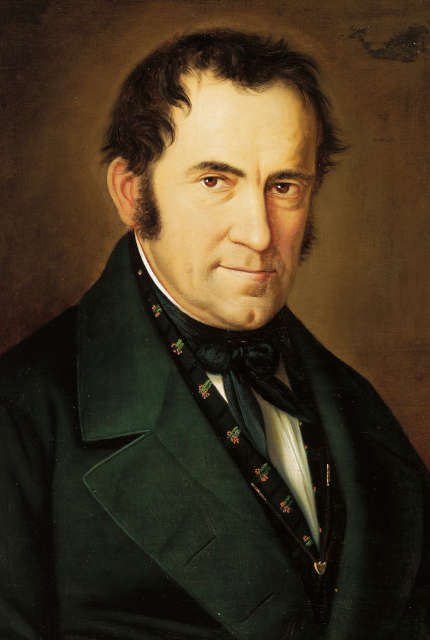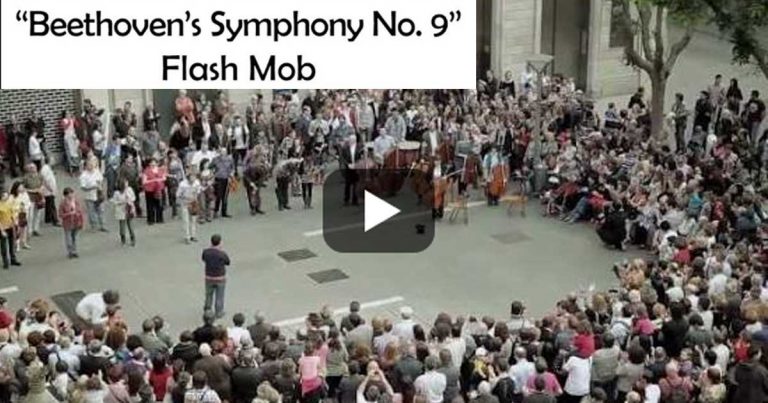Who Wrote Silent Night Originally?
Updated:
As the Christmas season approaches, one song resonates with the spirit of peace and joy more than any other: “Silent Night.” This beloved carol is sung in churches, homes, and gatherings around the world, evoking feelings of warmth and tranquility. But have you ever wondered about the origins of this iconic song? Who wrote “Silent Night,” and what inspired its creation? Let’s embark on a journey to uncover the heartwarming story behind this cherished Christmas carol.
The Birth of a Christmas Carol
“Silent Night” was composed in 1818, but its roots stretch back a few years earlier. The story begins in a small Austrian village called Oberndorf bei Salzburg. Here, a young priest named Joseph Mohr was deeply moved by the message of peace and goodwill that the Christmas season embodies. Mohr was not just a priest; he was a poet with a passion for expressing his faith through words.
In 1816, after the tumultuous Napoleonic Wars, Mohr wrote the lyrics to “Silent Night” in German. The world had witnessed great suffering, and Mohr wanted to convey a message of hope and serenity. The lyrics reflect the calmness of the night when Jesus was born, emphasizing themes of peace, love, and the divine nature of Christ’s birth.
The Musical Collaboration
The next chapter in the story of “Silent Night” involves a talented musician named Franz Xaver Gruber. Mohr approached Gruber, who was a schoolteacher and organist, to set his beautiful lyrics to music. Gruber was known for his skill in composing melodies that resonated with the hearts of listeners.

On Christmas Eve in 1818, the two men worked together to create the melody we know today. The music was simple yet profound, perfectly capturing the essence of the lyrics. It is said that Gruber composed the tune in just a few hours, inspired by the peaceful surroundings and the message of the song. That very night, “Silent Night” was performed for the first time at St. Nicholas Church in Oberndorf, accompanied by a guitar because the church organ was broken.
A Message of Peace
The lyrics of “Silent Night” speak to the core of the Christmas message—the birth of Jesus Christ, the Savior of the world. The song describes the serene scene of the nativity, where Mary and Joseph cradled the newborn Jesus. It paints a picture of tranquility, with lines that evoke the stillness of the night and the heavenly peace that accompanied Christ’s arrival.
The first verse goes:
Silent night, holy night,
All is calm, all is bright.
Round yon Virgin, Mother and Child,
Holy infant so tender and mild,
Sleep in heavenly peace,
Sleep in heavenly peace.
These words remind us of the miracle of Christmas, inviting us to reflect on the significance of Christ’s birth in our lives. The carol encourages listeners to embrace the peace that Jesus brings, making it a timeless anthem of hope.
Spreading the Joy
After its debut, “Silent Night” quickly spread beyond the borders of Austria. The song’s gentle melody and heartfelt message resonated with people from various cultures and backgrounds. It was translated into multiple languages, allowing the world to share in its beauty.
In 1839, the carol made its way to the United States, where it became a staple of Christmas celebrations. Its popularity soared, and today, “Silent Night” is one of the most recorded songs in history, performed by artists across genres—from traditional choirs to modern pop stars.
A Symbol of Unity
“Silent Night” transcends cultural and religious boundaries, serving as a universal symbol of peace and goodwill. Its message is especially poignant during the Christmas season, a time when people come together to celebrate love, family, and faith. The carol has been sung in various settings, from candlelight services in churches to festive gatherings in homes, always reminding us of the importance of unity and compassion.
The Legacy of Joseph Mohr and Franz Xaver Gruber
The story of “Silent Night” is not just about the song itself; it is also about the men behind it—Joseph Mohr and Franz Xaver Gruber. Their collaboration exemplifies the beauty of creative partnerships and the impact of faith-driven artistry. Mohr’s poetic vision combined with Gruber’s musical talent resulted in a masterpiece that continues to touch hearts around the globe.
Despite their significant contribution to Christmas music, both Mohr and Gruber lived humble lives. Mohr continued his work as a priest and poet, while Gruber remained dedicated to teaching music. Their legacy, however, lives on through “Silent Night,” a carol that has become an integral part of Christmas celebrations worldwide.
Modern Interpretations
Today, “Silent Night” is performed in various styles, reflecting the diverse ways people celebrate Christmas. From classical renditions to contemporary versions, the carol continues to evolve while retaining its core message. Artists from different genres have put their unique spin on the song, ensuring that it remains relevant for new generations.
The carol is often featured in Christmas movies, television specials, and holiday concerts. Its timeless appeal makes it a favorite among audiences of all ages. Whether sung in a church, around a family dinner table, or during a community gathering, “Silent Night” evokes a sense of nostalgia and warmth that is synonymous with the holiday spirit.
This holiday season, as you gather with loved ones to celebrate the birth of Christ, take a moment to appreciate the beauty of “Silent Night.” Let its soothing melody and heartfelt lyrics remind you of the true meaning of Christmas—a time for peace, love, and joy.
